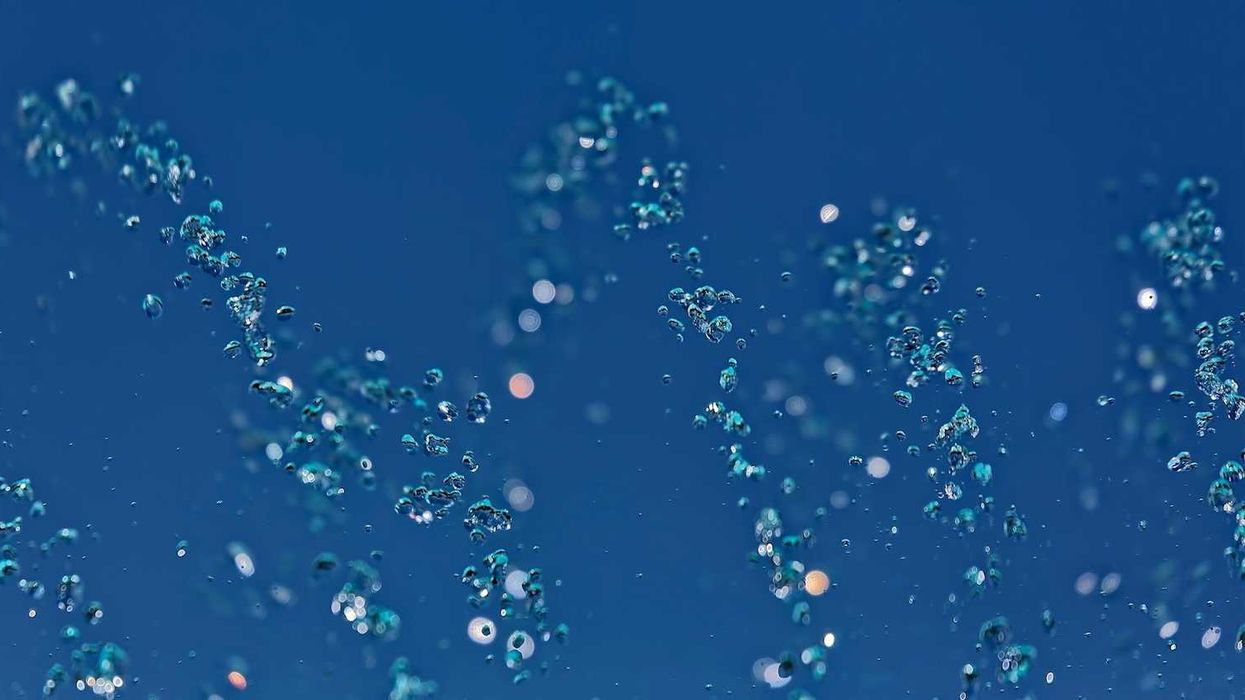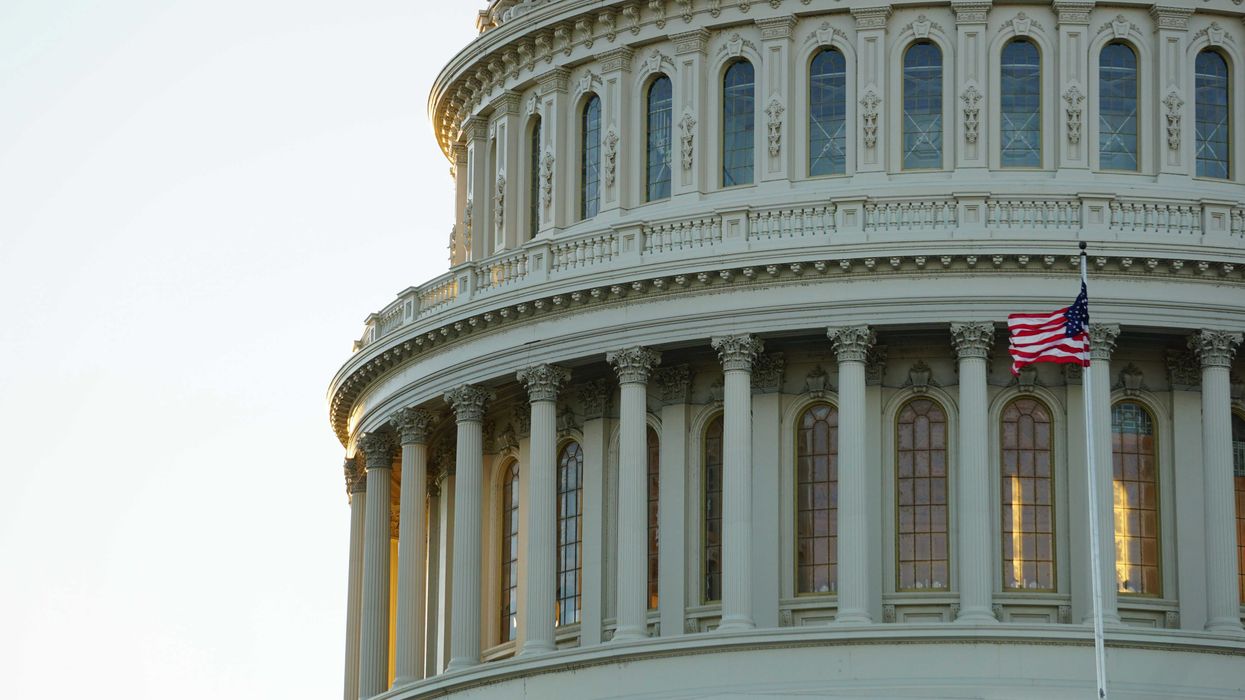Tribes in the Pacific Northwest celebrated the completion of the largest dam removal project in U.S. history this week, a significant environmental and cultural victory after decades of activism.
Hallie Golden reports for The Associated Press.
In short:
- Four large hydroelectric dams on the Klamath River, built by PacifiCorp, were removed, restoring hundreds of miles of river habitat for salmon.
- Tribes fought the project for decades, citing the environmental and cultural damage caused by the dams, especially to salmon populations.
- Activists are now focusing on restoring vegetation and ensuring the river remains healthy for future generations.
Key quote:
"I really felt an urgency because I was having babies. And so for me I was internalizing the responsibility to take care of their future."
— Molli Myers, Karuk tribal member
Why this matters:
Salmon are central to the cultural and spiritual practices of tribes along the Klamath River. Removing the dams not only restores their natural habitat but also allows for the revitalization of traditional practices linked to these fish. Continued restoration efforts are essential to sustain this balance.
Read more: Salmon will regain historic habitats as Klamath River dams are removed














